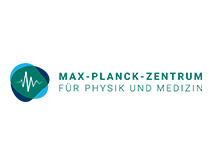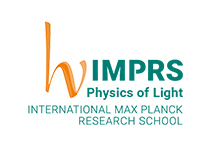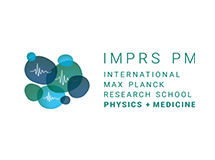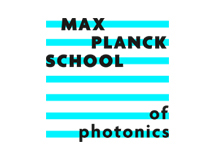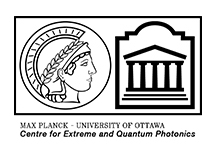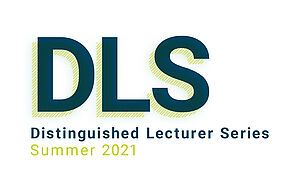
Michal Lipson - The Revolution of Silicon Photonics
Virtual Lecture
Abstract:
In the past decade the photonic community witnessed a complete transformation of optics. We went from being able to miniaturize a handful of devices to being able to define and control the flow of light using thousands of monolithically integrated optical components – all on a silicon chip. The main drive for silicon photonics is the ability to transmit and manipulate ultra high bandwidth with low power dissipation. Today there are hundreds of products being developed and commercialized towards this goal.
The field of silicon photonics is rapidly evolving and is now enabling completely new applications, ranging from Lidar to biomedical devices. This is partly due to the development of novel chip-scale technologies, novel devices and novel materials compatible with silicon photonics. Many of these technologies and devices can manipulate light across the whole VIS, IR and the Mid IR spectrum. I will discuss these emerging applications, as well as the advancement brought by these novel devices and materials.
The key challenges of the field relate to the scalability of the systems in bandwidth, size and power. Some of these challenges are fundamental and require innovations that break traditional tradeoffs. Novel approaches for switching, modulating and amplifying light have emerged that can open the door to applications that rely on such scalable systems. I will describe the challenges of the field and some of the recent innovations that can potentially address these challenges.
Biography:
Prof. Michal Lipson is the Eugene Higgins Professor of Electrical Engineering and Professor of Applied Physics at Columbia University. She received her Ph.D. in Physics in the Technion in 1998. Following a Postdoctoral position in MIT in the Material Science department from 1998 to 2001, she joined the School of Electrical and Computer Engineering at Cornell University and was named the Given Foundation Professor of Engineering at the School of Electrical and Computer Engineering in 2012. In 2015 she joined Columbia University.
Lipson pioneered critical building blocks in the field of Silicon Photonics, which today is recognized as one of the most promising directions for solving the major bottlenecks in microelectronics. In 2004 she showed the ability to tailor the electro-optic properties of silicon (Almeida, et al., Nature 2004 and Xu et al Nature 2005 with more than 4000 citations) which led to the explosion of silicon photonics research and development. The number of publications related to silicon photonic devices and systems is now more than 50,000 a year. A large fraction of these publications are based on Lipson’s original papers published since 2001. Today more than one thousand papers published yearly involve devices and circuits based on Lipson’s original modulators, or based on other silicon photonics devices demonstrated by her group including slot waveguides (Almeida et al, Optics Letters 2004 with more than 1600 citations) and inverse tapers (Almeida et al, Optics Letters, 2003 with more than 1000 citations). The growth of the field of silicon photonics has also been evident in industry with an increasing number of companies developing silicon photonics products (IBM and Intel, HP Aurrion, Melannox, Apic, Luxtera, etc).
Lipson’s work has been cited in top high-impact journals such as Nature, Nature Photonics, Nature Physics, IEEE Photonics Technology Letters, Nanoletters, Lab on a Chip, Physical Review Letters and IEEE Journal of Lightwave Technologies. Her papers (over 250 refereed journal publications) have been cited more than 40,000 times. She is also the inventor of over 45 issued patents. Lipson has delivered hundreds of invited, keynote and plenary lectures in all the major conferences in optics and related fields. In recognition of her work in silicon photonics she was elected as a member of the national Academy of science. She has also been awarded the NAS Comstock Prize in Physics, the MacArthur Fellowship, the Blavatnik Award, the Optical Society’s R. W. Wood Prize, the IEEE Photonics Award, Erna Hamburger Award and was the first woman who has been awarded the John Tyndall award. She also has received an honorary degree from Trinity College, University of Dublin. Since 2014 every year she has been named by Thomson Reuters as a top 1% highly cited researcher in the field of Physics.

